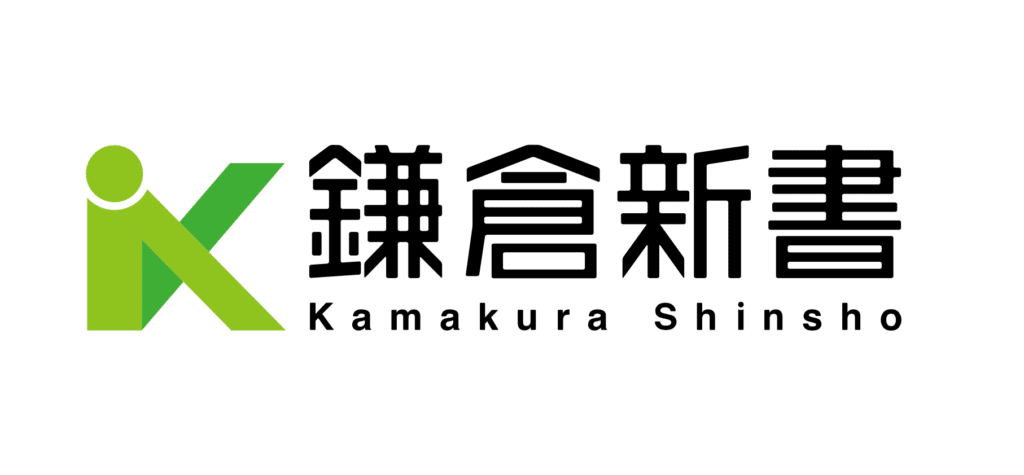Generative AI Search Analytics
Monitor AI Search Engines and Dominate Visibility
AI search is the most disruptive shift in search behavior since the rise of mobile and semantic search. We make it possible to know where you stand and what to do about it.
Answer questions about AI visibility across ChatGPT, Perplexity, Google AI Overviews, and more, with DemandSphere’s Gen AI analytics.

Since the launch of transformer models in 2017 and their impact on large language models (LLMs), user behavior is beginning to shift, especially among younger generations, toward relying on the output of these models to curate and discover new products, services, and ideas.

This combined shift in search technology and user experience (UX) means that brands have to move quickly to adapt to this new reality.
Traffic isn’t there yet, but user attention—especially among digital natives—is rapidly shifting. The younger generations search and acquire information completely differently from previous generations.
The Semantic Shift
The semantic shift in search has been happening for a long time, but the rise of LLMs made it obvious to everyone. Whether we’re talking about Google or ChatGPT, Perplexity, Claude, or any of the others, it is clear that a semantic understanding of your brand is critical.
Key concepts to understand and leverage are embeddings models, foundational models and grounding via Retrieval Augmented Generation (RAG), and the citations generated through these systems.

DemandSphere invests heavily in making all of these a key part of our analytics suite and we are just getting started.
Brand mentions + citations are the new Share of Voice
Share of Voice (SoV), in the context of search and SEO, has long been one of the most useful and translatable metrics from search teams back to executive, product, and brand teams.
Why? Because it’s easy to understand and it encapsulates much of the reality of search visibility in a single metric..

The good news is that Share of Voice, as a metric, especially when evaluating citations, translates very well into the realm of AI search.
Our platform supports the most robust Share of Voice model in the market and we are constantly evolving and improving it.
The AI search revolution was initiated by ChatGPT but Google is still the big mover
Google had a huge head start in AI and, indeed, was the driving force behind transformer innovation. But then ChatGPT came along and captured the imagination with its easy-to-use LLM interfaces and intuitive UX. Google stumbled a few times early on but they are not going to pack up and go home.

Google made this clear at Google I/O in 2025. AI Overviews were a little rough at first (and still are sometimes), but their impact on traffic is unmistakable. Understanding and maximizing your presence in these new SERP features is critical.
AI Mode promises to deliver an even bigger impact on user experience and searcher behavior over the long term. Our team moves quickly to adapt to these ongoing changes as soon as they are announced.
Data-driven prompt research
The big unanswered question at most of the companies we talk to who are looking to is “how do we know what to monitor?” or, more specifically, how do we know what people are searching for in AI search engines?
Queries in LLMs are often longer, more conversational, and more informational in nature.
This means that you’re not going to get much relevance from Keyword Planner and other traditional sources for keyword research, especially if Search Volume is your primary means of determining relevance (which is already a dubious affair). Clickstream data can help, but it often lacks depth on LLM-native interactions.

That’s why we built research tools based on richer behavioral signals that provide an even more comprehensive and pre-aggregated look at actual searcher behavior.
The only platform to connect AI search with traditional search
In our noisy market, it’s easy to develop shiny object syndrome and dedicate all resources to chasing the latest thing. AI search is by far the biggest innovation in our world since the internet itself but we also still live in a world where traditional Google search dominates on every metric: traffic, share of search, advertising impressions, and pretty much everything else.

During this time of transition, your team needs to be able to dominate traditional search and AI search. Your team also needs to understand how they connect and interact.
DemandSphere’s search analytics platform is, to our knowledge, the first fully integrated platform connecting AI search with traditional search analytics. We show when and where AI search relies on traditional search indexes. We help you to understand the topics where OpenAI / ChatGPT, Perplexity, and the others are building their own indexes.
The teams we empower
We work with high growth startups, agencies, retailers, and in-house brands. We have had a strong enterprise focus for the entirety of our 15+ years in the business of deriving actionable intelligence from the exabytes of data available in search.



BigQuery Ready
Because SERP Intelligence (our BigQuery managed data warehouse) is the core of how we pipeline data to our customers, we already had BigQuery support for AI search data as soon as we launched this new set of features. Same pipeline, same schema, with AI search and traditional search data in the same datasets. This means you don’t have to build new pipelines in order to drive insights into the rest of your BI stack.

